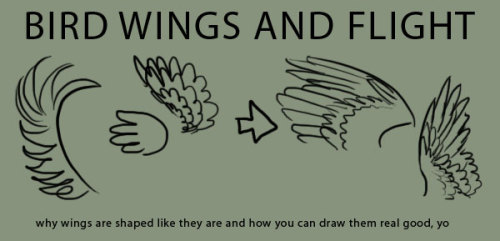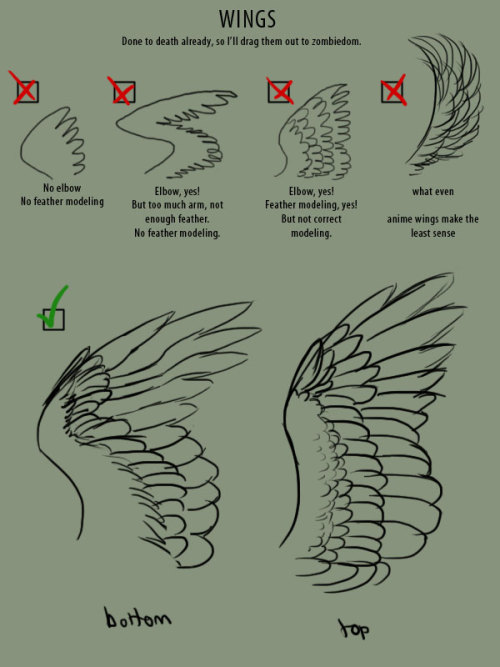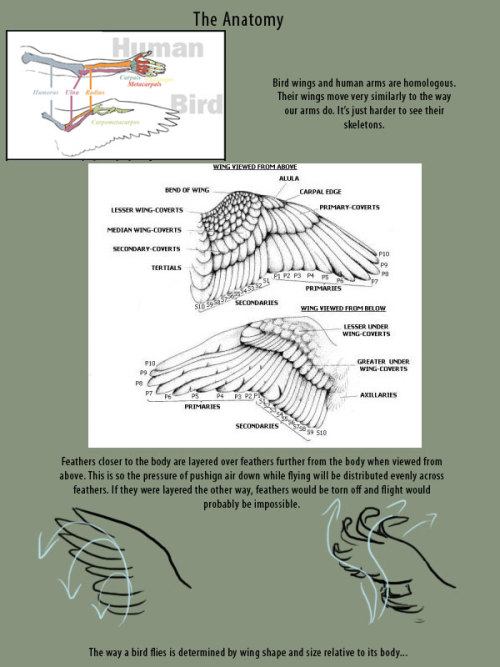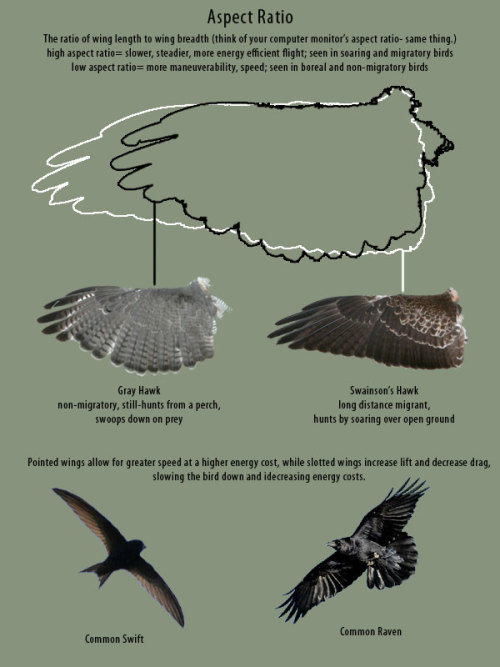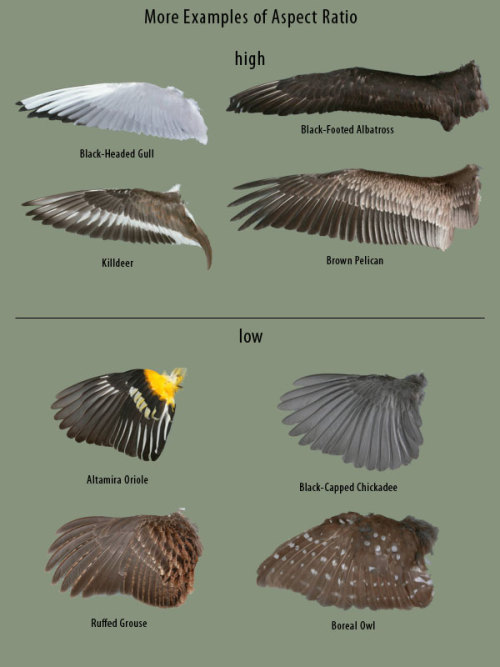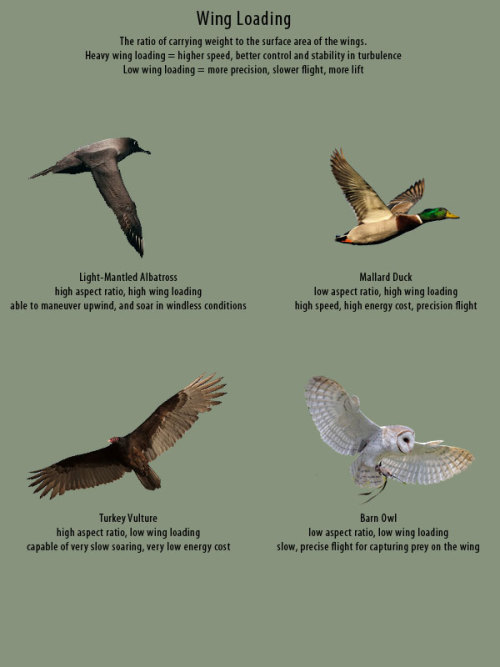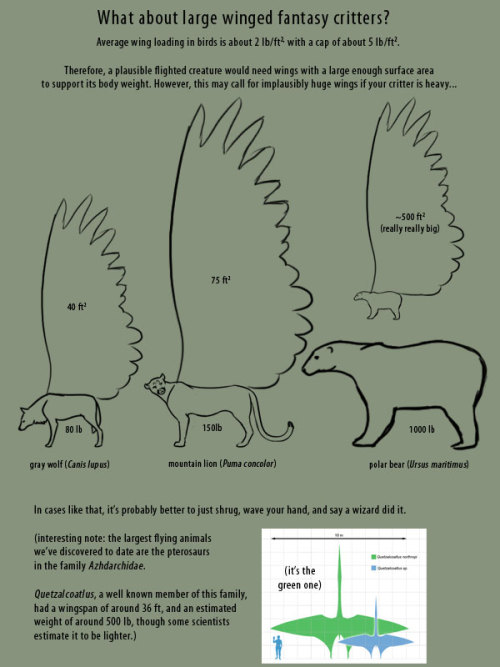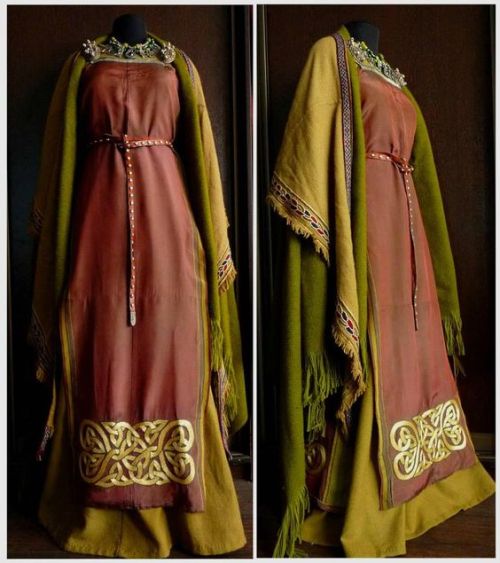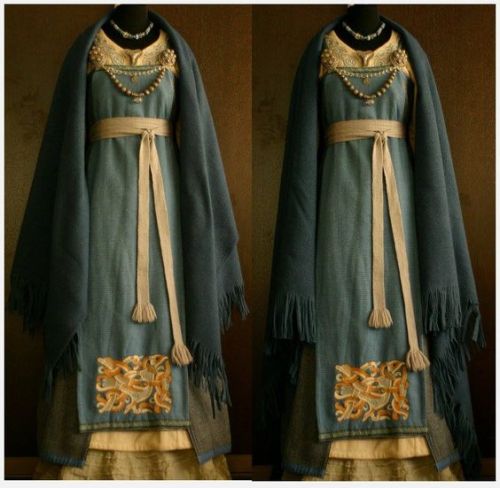
Hi it’s me puddleorganism if you’re confused why you got a billion hoops from me
298 posts
Latest Posts by goblin-in-the-rain - Page 3


This was one of the tiniest dragonflies I have ever seen, and they were all over in the Masai Mara.
The closest species I have found is the Wandering Glider (Pantala flavescens), but that doesn't seem quite right. The dragonflies I saw were darker and more metallic in tone, with gold-ish patches at the base of their wings. But I was still glad to learn about Wandering Gliders, because they are found all over the world and seem to migrate incredible distances, even crossing the Himalayas. Isn't that amazing? You can read about them here.
Trick or treat! < shaking with both excitement and terror
Your roommate for the entire year is a Creeper from Minecraft! Don't let it sneak up on you🥲

A BOT LIKED THIS POST AND TRIED TO MESSAGE ME LMFAO
Ngl every time someone follows this blog I automatically assume they’re a bot lol
Ngl every time someone follows this blog I automatically assume they’re a bot lol
I’ve heard people calling those grey calico/tortoiseshell cats “dilute calico” but I haven’t seen that anywhere that goes in-depth on phenotype. Is it usually called something else? Or is there another thing I’m missing?
Thank you for your time and all the information you make available! It’s really neat :)
Dilute tortoiseshell is a common way to refer to blue tortoiseshell cats, which may also be called blue and cream.
Blue is the dilute of black and thus blue tortoiseshell is the dilute of black tortoiseshell - which is the traditional black and red tortoiseshell that probably comes to mind when you hear the word.
Gray isn’t a genetic term or used in the cat fancy but is a colloquial way for the layperson to refer to the color more accurately called blue.
Lilac is dilute of chocolate and fawn is dilute of cinnamon so these may be called “dilute tortoiseshell” as well in their tortoiseshell varieties but I don’t see this as often likely because nearly all cats with those colors are purebred and will be referred to using the proper terminology.
Calico is another colloquial term used to refer to tortoiseshell’s with a notable amount of white.
So gray tortoiseshell/calico and dilute tortoiseshell/calico are often used interchangeably.



I've found this nifty reference website for artists called www.dimensions.com that has a database of exact measurements for various objects, plants, and animals
They have a premium version with 3D models that I haven't tried yet, but it's definitely very informative if you're trying to get the anatomy and proportions for different species of animals right!
Here you go anon!


And here’s one for animals if you want that too:

Do you have any resources for pose references?
God no, sorry. At most I trace the skeleton of a meme if I'm redrawing it or watch an anime with veguely similar concepts, but my posing is freehand and attrocious for it, and I'm terrible at collecting references. You can probably find someone on deviantart I think I remember seeing references there back in the day.
the paralyzed cicadas I picked up from a failed cicada killer nest are the perfect material to show off some cool features of insect anatomy! (although the wasp’s venom would keep them alive for her larvae to eat, I froze them to make sure they’re fully dead for dissection).
cicadas are powerful, fast fliers, and all of their thorax is taken up by a bulk of reddish, stringy flight muscles, which I’ll talk more about later. this cicada is a female, so her abdomen is full of white, elongated eggs that she will insert into tree bark with the bladed ovipositor at her rear.


the male cicada’s abdomen, however, is almost entirely empty, and that air-filled space is used as a resonator for his loud calls. the biggest structure visible there is a curved pair of muscles that deforms the tymbals, producing a click with every contraction.


here's a view of the complete muscle, and the tymbals themselves which look like overlapping plates on his belly. if you're curious what the white frosted appearance is, some Neotibicen have a coat of waxy powder or pruinescence; this male N. tibicen is particularly pruinose.
onto the flight muscles:
powered flight is a pretty complex mechanism in any organism, and is never so simple as just flapping wings up and down, but most insects power their flight in a really unintuitive way (at least for us vertebrates): they contract muscles in their thorax that aren’t even attached to the wings!
this method of flight is called indirect flight, in contrast to the direct flight of the dragonflies and mayflies where each of four wings is directly attached to a muscle and can flap on its own.


instead, most insects have a longitudinal (image 1 above, d below) pair and a vertical (2, c) pair of muscles that deform the shape of abdomen, pulling the upper segment of the thorax (notum) up and down, and this moves the wings which are attached to the notum. useful indirect flight gif from wikipedia found here

even if compressed manually, the dead cicadas "flap" their wings due to the motion of the notum:

insect flight is a lot more complicated than this simplified look at them, but I think these cicadas offer a pretty good look at how most insects get around essentially by squishing themselves internally!
for the dragon gifs post you reblogged, could you elaborate on your tags? as someone who loves speculative/fictional biology, id be interested in hearing how actual gliding wings would work for dragons, if youre okay with talking about it of course :]
Gosh, basically.... the whole wing shape is wrong for gliding
Firstly, a majority of the dragons' wings do not have any base to them. base being the membrane that should go down their side

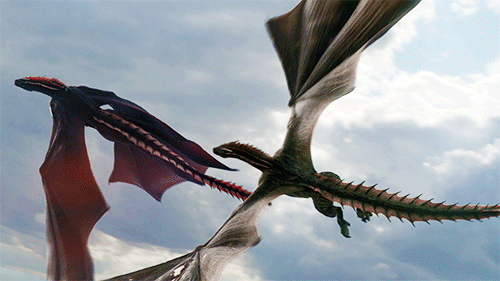

By far the worst offender seems to be arrax here, but like. all of the dragons have NO membrane going from their arms down their sides, the only one who appears to have more normal wings is syrax

It's got more base to the wings so this gif looks slightly more natural to me but not by much
NOW,, my disclaimer. I am not an expert in aerodynamics. So I am just going off what I know personally
First off, the wing shape in most of these dragons is elliptical (like in sparrows) which is good for powered flight (flapping), and when they ARE flapping, it does look very good!! Very powerful strokes etc.
However, because they are missing that base at the wing, a lot of the energy of the downstroke would simply just escape. Wings in general work by "trapping" wind underneath them, by making the air on top roll by at a different speed than the air underneath and generate lift that way, but if there's nothing TO lift... then it won't work
Animals who actually glide all have very specialized wings for it.
Eagles, vultures, condors, etc: all of them have IMMENSE wings, and they almost cannot do powered flight (at least not on the same level that sparrows can), they rely a lot on updrafts


Their wings are all very wide, but very rectangular!! the base of their wings is basically the same width as the rest of the wing, generally
This is true as well for SEABIRDS which are all gliding experts. Seabirds have VERY not wide wings, but they make up for that in length, and this very specialized shape they have allows them to glide for literal WEEKS without needing to land




Basically, I suppose it's something of a tradeoff? Even in these birds the base is incredibly proportionate to the shape of their wings and body, and they depend on wind currents over the ocean specifically. They've evolved for that
alithographica has this VERY GOOD little chart of what different functions wings can perform depending on their shape

I personally think the got dragon's wings are incredibly disproportionate, looking at wings on any other animal it immediately stands out that a whole chunk of wing is simply... gone. For no good reason other than aesthetic I think
And besides the anatomical error, they don't have a clear purpose to their shape, they kinda do everything all the time and its jarring to see on otherwise incredibly designed creatures and its also an immense shame. It would have been so cool to see different dragons have different flying techniques (the only different one we get is caraxes with his wing legs, but from what ive seen)
I'd love to hear more about what makes the wings of the stylops so unique! Wings are always fascinating to me
Almost all insects with wings normally have four of them, except that in beetles, the front wings became the shields we call Elytra:

And in the true flies (diptera), the HIND wings became little vibrating knobs we call halteres, which are organic gyroscopes for collecting information about air pressure, direction and elevation, easiest to see on larger flies like this crane fly:

So, the male Strepsiptera is actually the only insect other than flies to have evolved halteres, but the Strepsiptera's halteres are evolved from the FRONT wings:

Their hind wings are odd enough too; simple "fans" unlike the intricately veined wings of other insects, but still not as unusual as forewing halteres. It's thought to be convergent evolution, and that they may have once been elytra like the beetles have. A connection to beetles is also suggested by the fact that a few beetle groups have larvae very similar to those of the strepsipterans, which look like this:

Lovably nasty larvae! They jump, and they're all spiny, and they actually use an acid secretion to melt their way into their first host.
There's one other insect group that incidentally evolved elytra shields, earwigs!
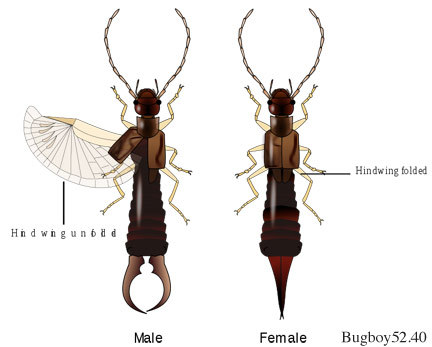
But earwigs can't be ancestral to either beetles or strepsiptera, because earwigs don't go through a larval stage, which the big evolutionary divide for insects; all the insects with larvae are thought to have just one common ancestor, splitting off from the other insects fairly early.








A guide to designing wheelchair using characters!
I hope this helps anyone who's trying to design their oc using a wheelchair, it's not a complete guide but I tried my best! deffo do more research if you're writing them as a character
it’s crazy how much diversity there can be in one species…these are all pictures of the same bird species (red-tailed hawk)









Floridian Scolopendra alternans
Dialogue tips that actually work:
You are not writing a movie (ignore this if you are). The reader doesn't need to know every word the characters say for the duration of the story. Less is more.
Dialogue can happen within the prose. "And they awkwardky discussed the weather for five minutes" is way better than actually writing five pages of dialogue about the weather.
Balance your dialogues. Surprise yourself with a monosyllabic answe to a dialogue that's ten sentences long. Don't be afraid of letting your character use half a page for a reply or nothing at all!
Don't write accents phonetically, use slang and colloquialisms if needed.
Comma before "said" and no caps after "!?" unless it's an action tag. Study dialogue punctuation.
Learn the difference between action tags and dialogue tags. Then, use them interchangeably (or none at all).
Don't be afraid to use said. Use said if characters are just saying things, use another word if not. Simple. There's no need to use fancy synonyms unless absolutely necessary.
Not everyone talks the same way so it makes sense for your characters to use certain words more often than others. Think of someone who says "like" to start every sentence or someone who talks really slow. Be creative.
Use prose to slow down the pace during a conversation.
Skip prose to speed up the pace during a conversation.
i used to work at a used bookstore and there was an insect anatomy book for sale that was over $8000 im not even kidding. and i just found it at my school library. its mine for the month.
it's hilarious how if you do any amount of research into life or death melee combat the prevailing themes that emerge are that
you're gonna get tired very quickly
tired leads to injured, injured leads to tired, tired leads to—
you're not gonna be as composed as you expect
humans are more fragile than you think and also more durable than you think. both are true and neither stop them from dying of an infection later (DO NOT GET BITTEN)
DO NOT GET STABBED (generally good life advice)
DO GET A SPEAR
knights are faster than you think
[Image ID: a series of tweets from Draconian Crackdown @fencuary that read:
Tweet 1: every character design course in the world should force you to draw twenty people in the same mundane profession like bus drivers or auto mechanics or nail techs before you get to draw an elf
Tweet 2: imagine how cool elves could look if they looked a fraction as interesting as Steve who bags your groceries. have you looked at pictures of your aunts and uncles lately? e-sports competitors from a country you’ve never been to? so many awesome faces to look at in the world
Tweet 3: just saying this from the perspective of a guy who could have been saved a lot of frustration from practicing this earlier on as a young artist rather than stumbling through it now, but then again I think I’m learning to embrace the Real so much more as an adult
Tweet 4: since some are taking this as a design prompt (yay), for this to work you have to show the 10 - 20 “characters” to a non-artist in your life and they have to be like, “yep, i could’ve seen any of these people today” and imagine each of them living their own rich/unfulfilled lives
/End ID]





Part 2 of cino art tips is some basic tips on shape and silhouette design which are also principles I think about a lot :)
(also i'm so sorry i chose comic sans to write this in idk what i was thinking but i already flattened the layers)
i don't have any other obvious tips off the top of my head rn but feel free to ask anything you are curious about! i love getting asks uwu
if you’re curious about centipede sounds, here’s Agatha walking on some paper after her banana treat time.
42 little clicking nails ASMR? (well, really only about 38 are ever in contact with the ground)
(Scolopendra mutilans)










Jewel longhorn beetle, Sternotomis bohemani, Cerambycidae
Found primarily in the southeastern region of Africa
Photo 1-2 by michelemenegon, 3 by ottob-c, 4 by martingrimm, 5-6 by m_d, 7-8 by bartwursten, 9 by joachim, and 10 by zarek
The Common Green Lacewing: these tiny insects pupate within loosely-woven cocoons that measure just 3-6mm (about 1/8 to 1/4 inch) in diameter

The lacewing will spend about 5 days maturing within its cacoon, before it cuts an opening in the top and emerges as a fully-developed adult.

The larvae of the green lacewing (family Chrysopidae) are also known as "aphid lions," due to their skill/appetite when it comes to hunting aphids. They're widely used in agricultural contexts to help eradicate pests, because they are voracious predators that also commonly prey upon caterpillars, leafhoppers, planthoppers, thrips, spiders, mites, and insect eggs.
As it nears the end of its larval stage, a lacewing will spin a small cacoon out of silk and then tuck itself inside, allowing the pupal phase to begin; its tiny green body is often partially visible through the thin, loosely-woven walls of the cacoon.
These breathtaking photos of a lacewing climbing out of its cacoon were taken by a Danish photographer named Frederik Leck Fischer.

When a lacewing first emerges from a cacoon, its wings are still compactly folded down against its body; the wings then gradually begin to expand until they have reached their full size, which usually takes about an hour or two.

Fischer's photographs provide an excellent account of this entire process.

Here are just a few other images of the common green lacewing:

Sources & More Info
University of California's Integrated Pest Management Program: The Green Lacewing
Texas A&M's Field Guide to the Insects of Texas: Green Lacewings
Washington State University: Lacewings
Tennessee State University: Fact Sheet on the Green Lacewing (PDF download)
Pacific Pests & Pathogens: Green Lacewings/Biocontrol
Just hall of fame creature eyes 👀
I had a split-eyed owlfly visit my black light last night, for the first time. Hello strange fuzzy friend. 🤎






[Video ID: a compilation of fotage from a trail camera focused on a man-made watering hole, which is a very large bowl with rocks in it. It’s in a desert area with lots of bushes and trees, though much of the landscape is hard to see due to the low-down angle. To me it looks like the deserts in western North America, but I could be wrong.
Throughout the video lots of animals stop by for a drink! In order they are: a coyote, a skunk, a raccoon, an opossum, a snake (I think a garter snake?), a small brown song bird, a hare, a hawk (possibly a juvenile Cooper’s hawk), a hummingbird, a variety of small song birds taking a bath, and a western scrub jay, also taking a bath.
The audio is mostly splashing from the animals drinking or from the fountain. In the clip of the hawk you can also faintly hear song birds and the flapping of the hawk’s wings. The song birds taking a bath together keep letting out short, shrill chirps. /End ID]
“A variety of wild animals visiting a water fountain”
(via)
[Image ID: two close-up photos of short green lawn grass. The photos appear to be taken in the evening right before sunset, where the shadows are really stark and the tips of the grass is lit up a brilliant bright green by the sunlight. /End ID]
got high and thought the grass looked so beautiful i couldn't believe it and proceeded to take some really mid grass pics


Uh oh fellas

[Image ID: a screenshot of my drafts, of which there are 108. /End ID]





